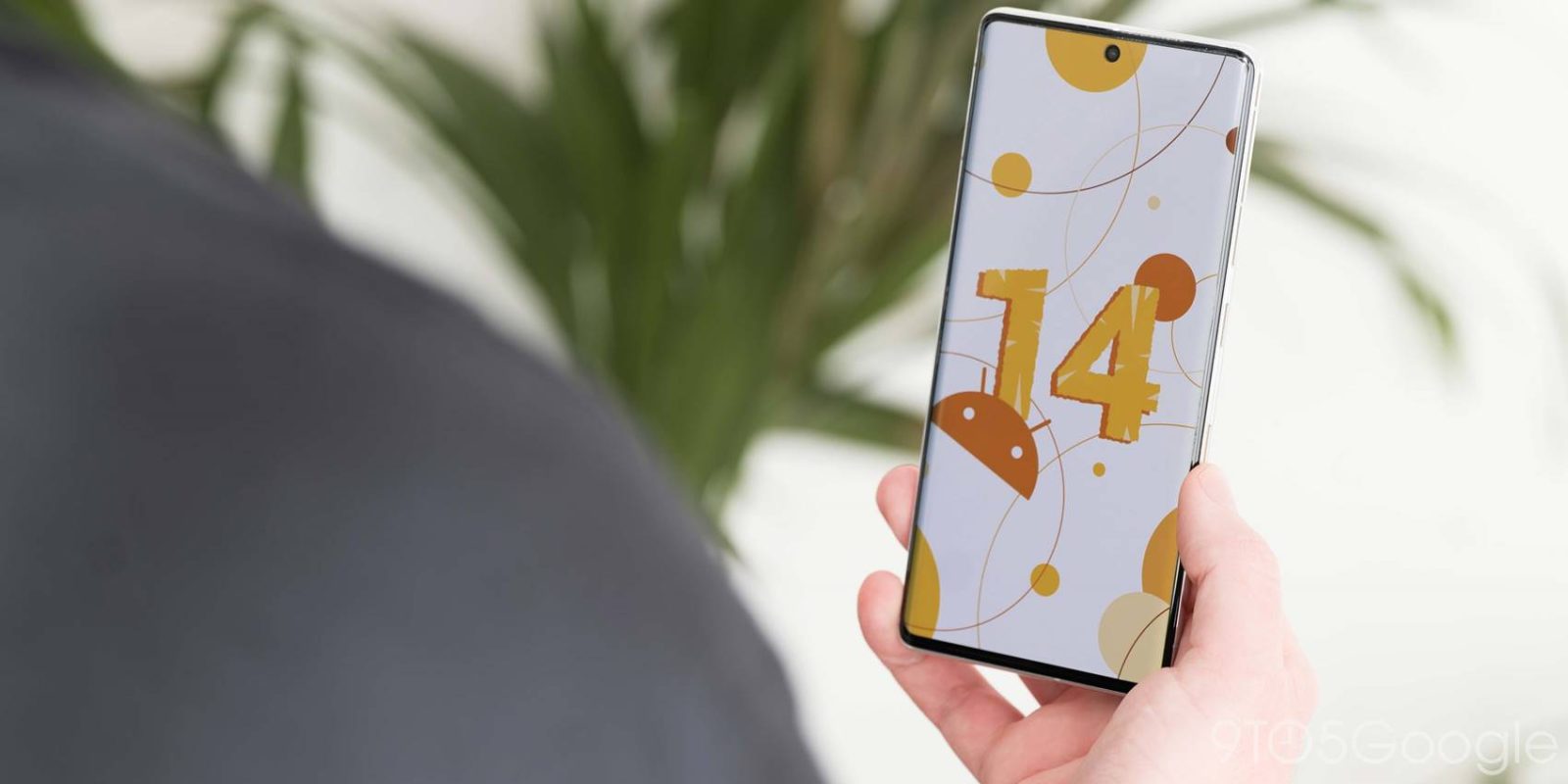
After launching Android 13 in the latter portion of 2022, we’re solely focused on the next iteration. Based on previous roadmaps, the developer preview launch phase for Android 14 could be right around the corner. So when could we see the full release?
A lot of what we’re speculating is by examining previous timelines. We’re in no illusion, like last year, that Google could easily rip up the playbook and launch Android 14 at any time over the next 10 months.
There are a few signposts that subtly indicate a timeframe in which we could see the Android 14 launch. It’s also worth noting that we’re talking about the stable operating system builds that we’ll see running on the reinvigorated Pixel series not the AOSP version of Android 14.
Let’s start with some known quantities. Firstly, the internal dessert codename is “Upside Down Cake.” This was found courtesy of code changes posted to the Android Open Source Project as long ago as April of last year. Publicly, since Android 10, each launch is known only by its assigned release number. So don’t expect anyone at Google to be officially referring to Upside Down Cake, instead, it’ll be strictly Android 14. Of course, we could see some easter eggs featuring the titular cake as we have in previous years.
When could we see Android 14 Developer Preview?
Thanks to Casetify for sponsoring 9to5Google on YouTube!
In years gone by, the Android developer preview phase has regularly started in February. That has been adhered to for a few years now, and we don’t expect that to change with Android 14. Acting as the earliest “launch” point for Android 14, this is strictly aimed at app and software developers.
There’s nothing stopping you from flashing the developer preview on your own Pixel. We wouldn’t recommend it unless you have a backup phone to use just in case your encounter problems. Google Pay and other apps requiring CTS check passes are often unavailable or unreliable.
This early preview phase is often full of bugs and certainly not suitable for your “main” or only device. After the developer-focused builds, you’ll have a chance to test the next mobile operating system by way of a public-facing Android 14 Beta launch.
Although it’s hard to be truly certain, such is the predictability of Google’s release timeframes, we expect eligible Pixel phones to be able to sideload the Android 14 Developer Preview at some point in late-February.
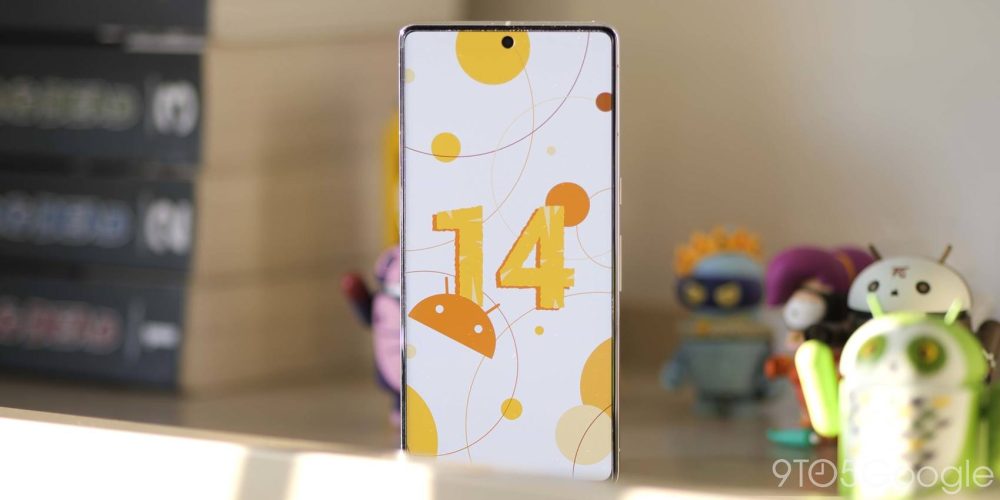

As for the public beta, Google has favored a slightly longer testing phase with Android 12 and Android 13. This has ordinarily started in April with up to four beta releases helping prepare for a stable release. Three betas is the starting point with additional updates also having high potential.
To accommodate the public beta phase, Google is said to be concluding the similarly confusing QPR (or Quarterly Platform Release) beta that is available to eligible Pixel phones ahead of each quarterly Feature Drop.
Anyone currently test-driving the QPR releases will have the opportunity to switch via the Android Beta website. Last year Pixel owners were able to “Opt in” for whatever public preview they preferred — the more stable QPR channel or the Android 13 Beta. It wouldn’t be a stretch to assume Google will adopt a similar stance with the Android 14 Beta. You can only switch from one channel to the other if the existing build is newer than the one pre-installed on your device. If not, enroling could wipe your device.
All of this will depend heavily on just how many changes Google is preparing for Android 14. Material You has been the biggest overhaul to the mobile operating system since Android 5.0 Lollipop. It’s highly unlikely that another massive set of changes is coming.
It would be fairly safe to expect mostly under-the-hood alterations and consolidation of the core principles of Dynamic Color and Material You to be at the very forefront of Android 14. We’re wondering if Google can leave the media player alone this year though…

“Platform Stability” is normally the point at which Google has finalized all APIs and expected behaviors ahead of the full release. This can vary from release to release but often occurs in or around the third Android Beta. That’s always subject to change but tends to be the case given the previous track record. Often, Android developers are then able to submit apps to the Google Play Store that target or utilize the new APIs.
Android 12 was released slightly later than expected in October 2021. Under a year later Android 13 was made available for Pixel devices in August 2022 despite strong signs that it would arrive in September. Without a crystal ball, it’s hard to be truly certain. That said, Q3 2023 is almost a certainty for the Android 14 launch timeframe. If Google makes wholesale changes it could arrive later. At present, it still looks like minor tweaks and refining are set more likely.
What changes are confirmed for Android 14?
Although we don’t know much about what Google has in store for Android 14, the Mountain View firm has confirmed a few things publicly and inadvertently over the past few months already.
Satellite connectivity
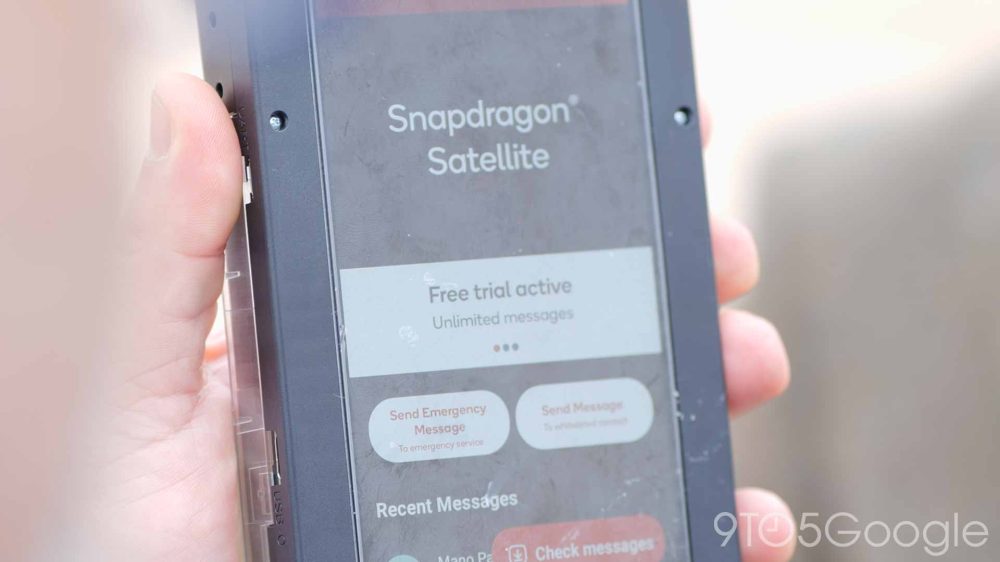
The Pixel 8 series will almost certainly launch with Android 14 pre-installed. It’s not clear though if the late-2023 flagship phones will include satellite connectivity for emergency messaging. Hiroshi Lockheimer did confirm that Android 14 will support this connectivity at launch. Effectively, this allows your phone to connect to local satellites in areas where signal strength or connectivity is non-existent.
Qualcomm will offer something similar on devices with Snapdragon 8 Gen 2 chips released later this year too. So this move coincides with Google’s regular release schedule for new Android builds. We’ll need Tensor G3 to support this too if it is to be available on Pixel 8.
Predictive back gestures in more areas
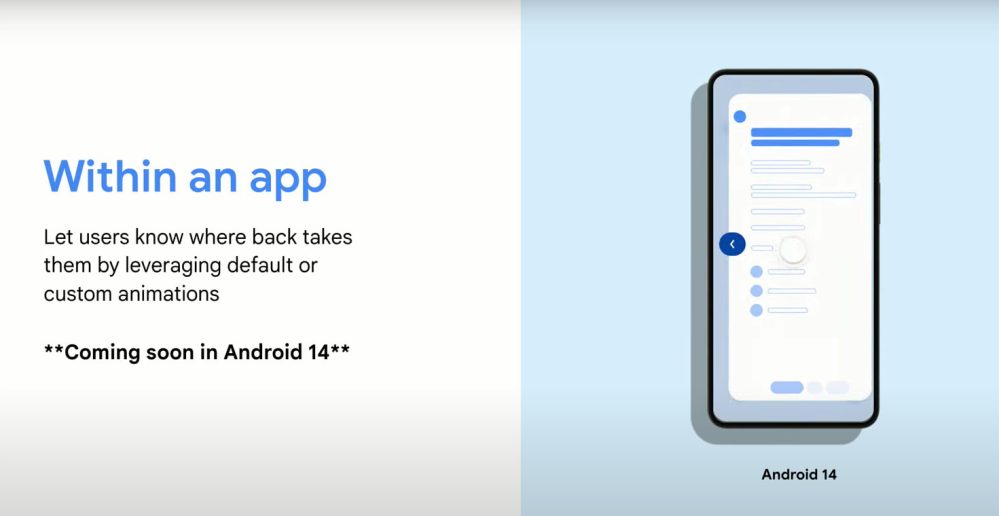
Android 13 introduced the predictive back gesture to the system. The downside is that this doesn’t work everywhere and doesn’t work within application menu structures. If implemented and enabled within your device Developer options, activated a long back swipe gesture will show the home screen in Android 13.
Android 14 will enable predictive back by default, while the upcoming OS is set to offer a “similar experience when [users] swipe within the app. Letting users know where the back gesture is going to take them by leveraging default or custom animations.” This means a swipe-and-hold gesture will show you just where you’ll end up within an application. Not only will this make it easier to see where you are going but it will be more helpful than simply showing the home screen.
Will I get Android 14 on my phone?



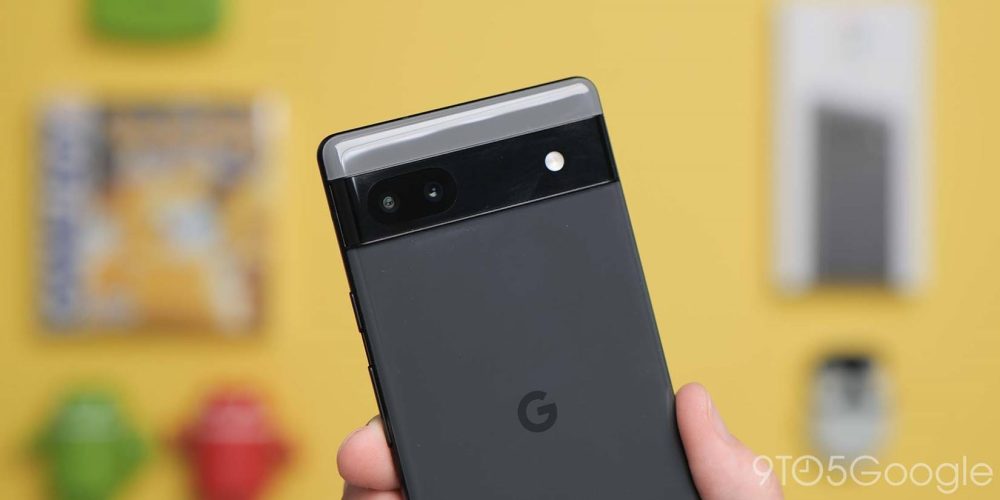
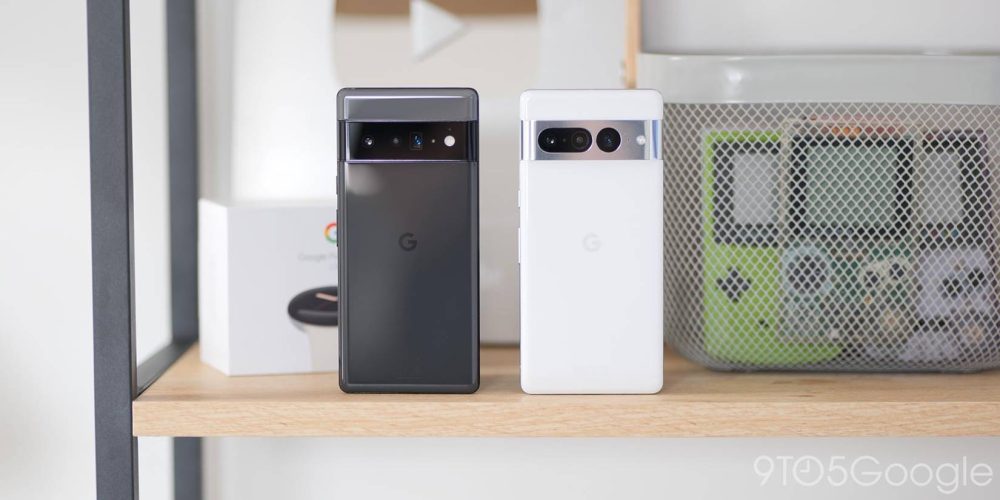
There are a number of high-end Android smartphones that will likely receive the Android 14 update in the months proceeding the official AOSP launch. Expect the likes of Samsung, OnePlus, Oppo, Xiaomi, and more to offer updates on various timescales. Some OEMs may even offer Android 14 Beta programs for user-testing phases ahead of stable releases in late-2023 and early-2024.
When looking at Made by Google phones, the following phones are set to be eligible for Android 14 — plus associated developer previews and beta phase:
- Pixel 5
- Pixel 4a 5G
- Pixel 5a
- Pixel 6
- Pixel 6 Pro
- Pixel 6a
- Pixel 7
- Pixel 7 Pro
- Pixel 7a (depending on release timeframe)
Just what other OEMs do, we simply do not know at this stage but Samsung has always offered a One UI beta, while OnePlus and Oppo are likely to offer some form of OxygenOS-ColorOS beta likely for their latest and greatest flagships. Xiaomi is slower with its MIUI rollouts, so expect to hear more at some point later this year.
When the time comes, we’ll have full coverage of all aspects of Google’s next major software release. From the start of the Android 14 Developer Preview, through the Beta phase, and the eventual launch.
More on Android:
- Android 13 update seems to be partially breaking Google Assistant on Android Auto
- Essential apps for hardcore Android users [Video]
- Qualcomm’s Snapdragon Satellite will bring emergency SMS to Android
FTC: We use income earning auto affiliate links. More.
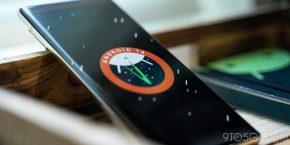

Comments